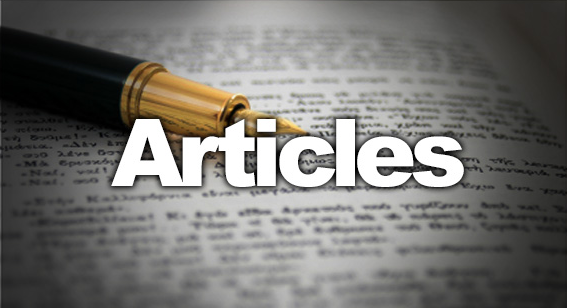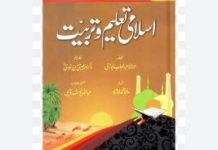By Abu Khaldoon
Every so often, a policy decision emerges that goes far beyond statistics and spreadsheets; it speaks to the very direction in which a nation’s economy is headed. Pakistan’s newly announced National Tariff Policy is one such case. By slashing customs duties on imported vehicles from the current 100–50% range to a mere 15% over five years, eliminating regulatory duties that now reach up to 90%, and phasing out additional duties, the government has taken a step that may please importers and car dealers. But for Pakistan’s domestic auto industry, this is less a “reform” and more a looming storm.
The automotive sector in Pakistan is not just about cars on roads; it is an industrial backbone. It hosts 13 global brands, is supported by over 1,200 parts manufacturers, and directly sustains 1.5 million jobs. Indirectly, nearly 3 million livelihoods depend on it. More than US$5 billion has been invested in infrastructure, technology, and tooling in recent decades. To undermine such a base with abrupt liberalization is to gamble with one of the country’s few credible industrial success stories.
The revenue stakes are equally serious. At present, the government collects nearly one crore rupees in tax on a luxury vehicle costing three crore. With a fiscal deficit exceeding one trillion rupees, removing such revenue streams raises a pressing question: where will the state make up the shortfall?
Even more troubling than tariff cuts is the decision to allow commercial imports of used cars. No country with established CKD (completely knocked down) manufacturing permits this, precisely because it erodes domestic production. In Pakistan, what began as a concession for overseas Pakistanis has been systematically misused for commercial trading. The fallout is not merely economic — it fuels informal money transfers through Hundi and Hawala, inviting scrutiny from watchdogs such as FATF.
Global practices offer lessons. In New Zealand, every imported vehicle undergoes a two-stage inspection, covering odometer tampering, emissions, damage, and safety, with independent verification of repairs. In Australia, the Road Vehicle Standards framework mandates that imports comply with strict environmental and safety norms before they can even be registered. Pakistan, too, could adopt a similar model: pre- and post-shipment inspections, UN-standard certifications, mandatory data exchange with exporting countries, and legally binding commitments from importers to supply spare parts and after-sales services for at least a decade.
Balancing protection with competition is key. Experts recommend lowering the tax depreciation rate from 1% to 0.25% (capped at 36%), setting minimum trade prices in consultation with stakeholders, and imposing a carbon levy on older imports to align policy with environmental objectives. Duties on smaller vehicles could be rationalized to improve accessibility for the middle class without dismantling domestic capacity.
The pressures on the auto sector are already immense. High taxes and erratic policies have pushed new cars out of the reach of ordinary citizens. At the same time, the global transition to electric vehicles is accelerating. With China offering competitively priced EVs, Pakistani manufacturers face a dual challenge of survival and transformation. While the government’s incentives for EV adoption are welcome, these must be integrated into a policy framework that supports existing production rather than replacing it.
The Pakistan Automotive Manufacturers Association (PAMA) has emphasized two demands: retaining regulatory duties to protect local industry and banning unrestricted imports of used cars. Moreover, any tariff liberalization should be gradual, giving the sector time to build competitiveness instead of being blindsided by a flood of cheaper imports.
This is not about resisting globalization. South Korea, Thailand, and China all nurtured their auto sectors through phased liberalization, protecting domestic industries until they were mature enough to face global markets. Pakistan, with its modest volumes and fragile economics, is not yet in that position.
The choice is stark: pursue abrupt liberalization that dismantles decades of investment and jeopardizes millions of jobs, or adopt a balanced path that preserves industrial strength while preparing for the mobility future. For policymakers, the lesson is clear. Protect domestic industry today, and you secure not only jobs and investment but also the foundation of industrial resilience for generations to come.

















